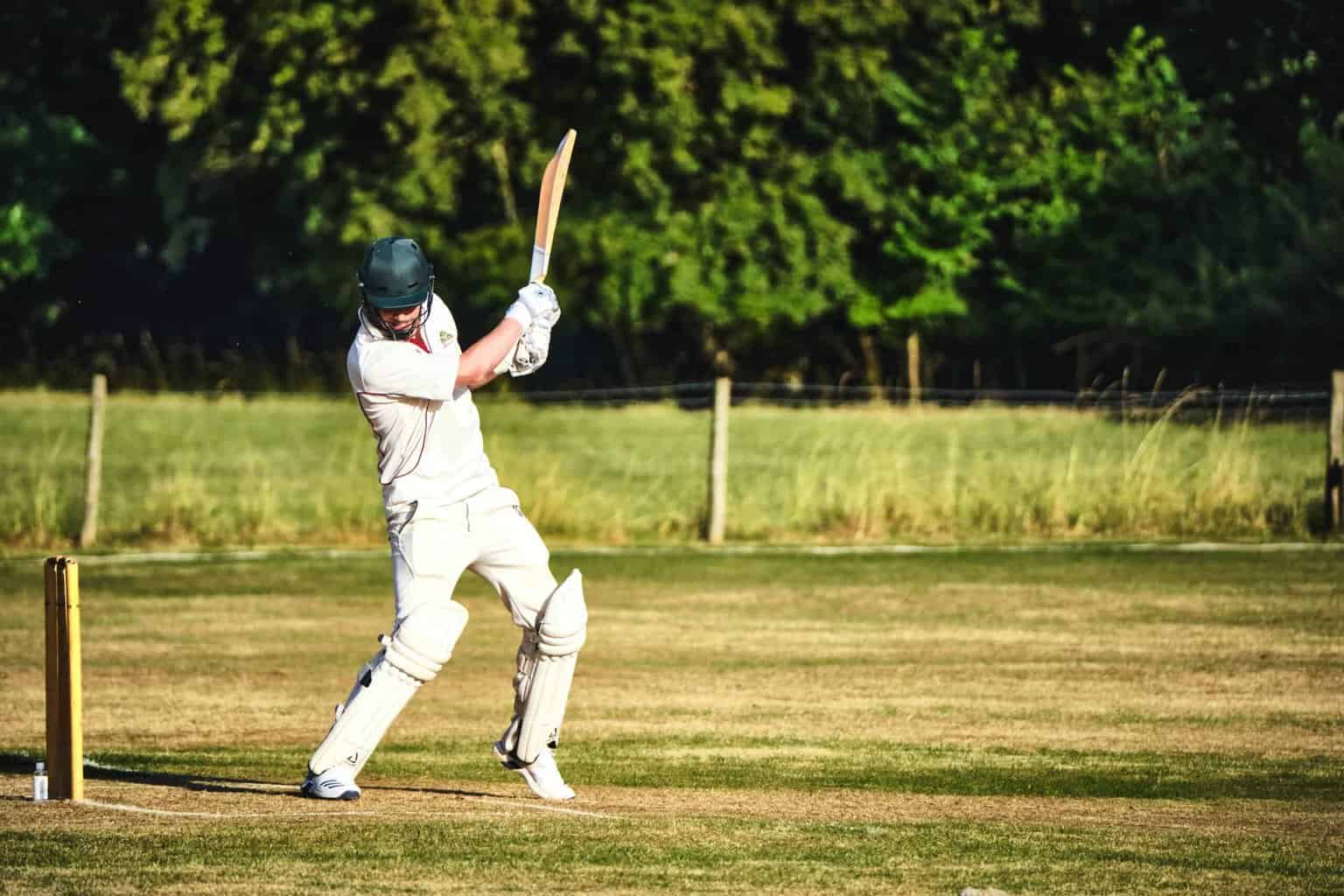How Pilates helped a cricket player

It’s IPL season again! The entire country of cricket-lovers is glued to their screens. No matter which team you are rooting for, all you want is for the star-performers to consistently perform for the month-long tournament. Even in the T20 format, cricket as a game is long and requires a lot of stamina and muscle endurance. There are a lot of repetitive movements in the game for a long period of time, which can tire the players out by the end of the second innings. The performance in these crucial overs at the end can be the difference between a win or being ousted from the series.

Pilates for Cricket
The best cricket players are those who play with the same strength and power on the first ball as on their last one. This kind of performance requires more than just net practice and training for the game. Those players who give priority to rest and recovery, and include core strengthening, flexibility, mobility and balance work in their training are less prone to injury and perform better. Pilates combines all these in its practice, complimenting the strenuous training for the game perfectly.
Low back issues are a common complaint among cricketers. Standing for long periods at the crease, or on the field, holding unnatural postures and moving with forward flexion and rotation can all contribute and lead to injury. Pilates helps by offering strengthening and release work for specific stabilising muscles as well as core strengthening exercises to support and take the pressure off the low back and encourage more fluid movements. Reformer Pilates adds resistance by working against spring loads as well as using body weight to provide stretching and strengthening to improve flexibility, strength and provide greater endurance for long days.
At Moushu’s Pilates, we have trained multiple sportspersons. Arjun is one such cricketer who came to our studio with multiple injuries. A 34 years old fast bowler, Arjun has had a surgery in his right shoulder blade and had a left adductor strain. He also complained of lower back pain, calf strain and multiple hamstrings pulls.
Action of fast bowling

The aim of the bowler is to propel the ball at extreme speed, or to use the angle of the body to create swing, or to employ the shoulders and wrist to impart spin. All bowling actions demand smoothness, economy, rhythm and balance.
During the entire delivery action, the body of a fast bowler experiences an astronomical amount of force from the ground. This force, combined with the hyperextension and the rotation of the lower back during the delivery of the ball, makes the lumbar spine vulnerable to injury. Fast bowling in cricket requires a combination of spinal extension, together with rotation and side bending of the trunk. The repetitive action of bowling for long spells places excessive stress on the tissues of the lower back. They also require accurate alignment to enable the body to withstand the force of landing on the front foot and rotating through the spine.
Program for Arjun
We designed a program for him on the reformer to not only aid in rehabilitation but also to help him improve his endurance and reduce his risk of injuries.
-
For lower back pain:
Due to lack of core strength, he was using his lower back muscles and that was a large contributor to his lingering lower back pain. As Arjun had a hyper lordotic posture, the first step was to create awareness of his alignment. We focussed on getting him acquainted with his key elements, working on core connection through simple movements.
A lot of emphasis was given to hip flexor static and dynamic stretches in his workout as they were tight and were restricting his bowling action in the ball release phase, adding pressure on the lower back instead. We also worked on spinal mobility and articulation to allow for more fluid movements.
-
For shoulder injuries:
Due to the repeated action of throwing with one arm shoulder injuries are common in bowlers. Sudden shocks or impacts can also cause injury.
For Arjun, we concentrated on his rotator cuff muscles which are highly overused in the action of throwing the ball in overarm bowling. Apart from that, it was important to dissociate the extension of the thoracic spine from the glenohumeral rhythm. For this we did prone exercises on the long box of the reformer and sitting exercises like serve-a-tray.
Isolating and stabilising the scapulae is also essential to allow for smooth movements. Through scapular glides in different positions, swan and breaststroke, we worked on strengthening the scapulae.
-
For Adductor Strain:
Weak abductors were causing instability in his stride and causing his adductors to keep getting strained. We worked on strengthening his abductors and gently getting his adductors to fire, first with a ball and then as they got stronger with the magic circle. Now that his glutes and core are stronger, we have included some dynamic flexibility for his adductors with side splits on the reformer.
-
For Balance:
Arjun is flat footed and was not getting enough feedback from the ground for stability and balance. We have been working with improving his proprioception from the ground. We also retrained him to shift his body weight while working unilaterally.
Ankle mobility and big toe mobility are also important to have a stable gait. We practised 50 to 70 degrees of extension i.e. staying in a short foot posture and then raising only the big toe, keeping the other toes down and then reversing it.
-
For torsion in the bowling action:
To improve the rotation of his torso and to improve his bowling action, we did a lot of oblique work.
-
For leg strength:
Apart from the adductors and abductors, we worked on lengthening and strengthening the calf and ham string muscles which were extremely overworked and tight.
Arjun feels stronger after just a few weeks of Pilates with us. The key benefit that he has achieved is the awareness of his posture even when he isn’t in class, which helps him recruit the right muscles and remain pain-free for the most part.

Cricket and Pilates complement each other
Pilates provides key benefits for both batsmen and bowlers, which is why many top cricketers use it. Ace batsman and fast bowler, Ajit Agarkar attests to the benefits of Pilates in our recent live chat with him. ‘Aspects of Pilates are used in our training all the time’, Nigel Stockill, head physiologist and biomechanist for the England Cricket Board, recently told the press. ‘Pilates was particularly beneficial to cricketers because it helped them to recover faster from sports injuries and had a strong focus on the abdominal muscles and back.’
Whether you play cricket for leisure or professionally, Pilates can give you a competitive edge. Enhance ‘muscle memory’, bounce back from fatigue faster and enjoy your experience of your game by training right with Moushu’s Pilates.
Come and try these exercises with us at our studios.
Written with Aarti Jhunjhunwala.
